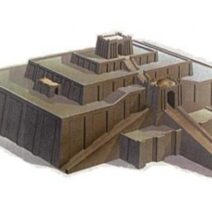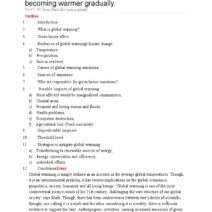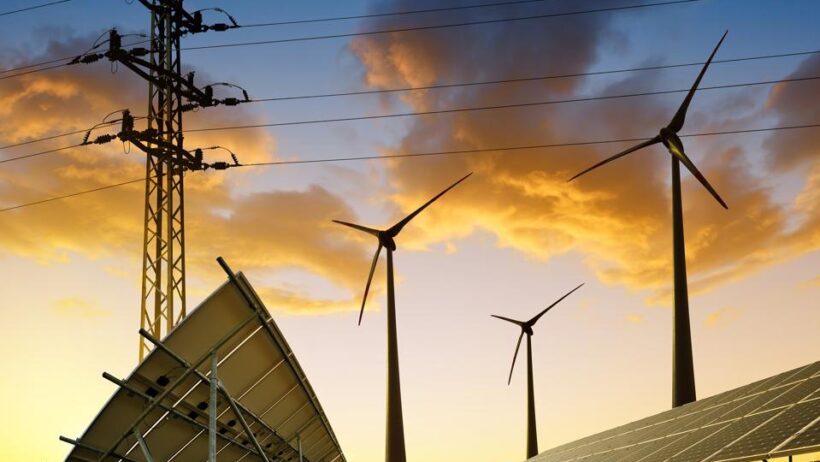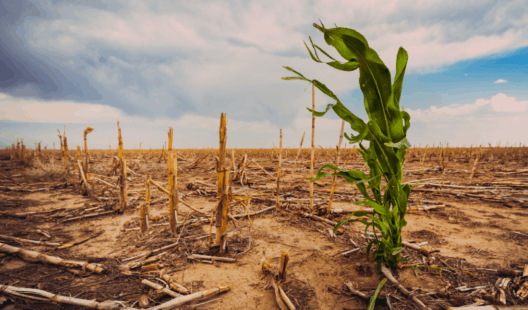Energy conservation and sustainable design intersect at a pivotal juncture where ecological awareness, technology, and human ingenuity converge. The pressing reality of climate change has prompted a re-evaluation of how we consume energy, necessitating a shift in perspective toward sustainable practices. This evolution requires not merely substituting one energy source for another but embracing a holistic philosophy that intertwines resource efficiency with design principles. But how does energy conservation embody the essence of sustainable design?
At its core, sustainable design aims to reduce the environmental impact of human activities while promoting the ecological well-being of the planet. By integrating energy conservation, designers and architects are not just responding to regulatory frameworks or market demands; they are fostering a profound cultural transformation. Therein lies the promise of sustainability: to shift paradigms, cultivate stewardship, and ignite curiosity about our consumption patterns.
One of the quintessential precepts of energy conservation within sustainable design is the concept of ‘passive design.’ Passive design harnesses natural resources like sunlight and wind to maintain comfortable indoor environments while minimizing energy use. For instance, large south-facing windows allow sunlight to illuminate a space, reducing reliance on artificial lighting during daytime hours. Likewise, strategically placed overhangs can block excessive heat during summer while allowing warmth in winter. This seamless integration of environmental conditions into building design elevates energy conservation to an architectural art form.
Beyond passive techniques, the incorporation of energy-efficient technologies serves as a pivotal aspect of sustainable design. Innovations such as LED lighting, high-efficiency HVAC systems, and energy-efficient appliances are not merely upgrades; they signify a paradigm shift. These technologies dramatically decrease energy consumption, facilitating a more responsible interaction with resources. In commercial spaces, for instance, smart energy management systems analyze usage patterns, optimizing energy consumption in real-time. The outcome? Enhanced operational efficiency and a burgeoning consciousness about our carbon footprint.
The synergy between energy conservation and sustainable design is further evidenced through renewable energy integration. Solar panels, wind turbines, and geothermal systems are not just add-ons; they embody a foundational philosophy that challenges the traditional energy paradigm. Buildings designed to incorporate these renewable energy sources can significantly reduce dependency on fossil fuels. This transition is not merely a technical adjustment; it symbolizes a cognitive reconfiguration—a new lens through which we view the relationship between human habitation and the environment.
Moreover, sustainable design amplifies the dialogue surrounding material selection, wherein energy conservation is an integral cog in the wheel of the overall sustainable framework. The choice of materials should not only reflect aesthetic values but also emphasize energy performance. For instance, utilizing low-VOC (volatile organic compound) paints, reclaimed wood, or insulating materials with a lower embodied energy content reduces both construction waste and ongoing energy use. In this context, materiality goes hand in hand with energy conservation, echoing the sentiment that every design decision carries weight.
Another dimension to consider is the long-term economic viability associated with energy conservation strategies. Initially, the upfront costs of implementing energy-efficient systems or sustainable materials might be prohibitive. However, the cumulative savings in energy bills, maintenance costs, and potential tax incentives can create a compelling financial narrative that reinforces the importance of these decisions. This realization propels an economically driven case for conservation that harmonizes with broader environmental aims.
Furthermore, community involvement plays a critical role in redefining our approaches to energy use. In sustainable design, engaging local communities fosters collective responsibility and encourages accountability regarding energy consumption. Public spaces that are designed with community participation in mind can emphasize energy conservation through educational initiatives and empowerment, ensuring that sustainability transcends beyond the mere physical structures it manifests in. This interaction enriches the narrative and sparks curiosity about energy’s role in society.
Incorporating energy conservation within the framework of sustainable design also presents a unique opportunity for innovation. The essence of sustainability lies in its inherent adaptability—an invitation for continuous evolution in our methods. Each failed experiment or untested idea can lead to an enlightening discovery. While attempting to balance aesthetics, functionality, and efficiency, designers are compelled to innovate, thus driving technological advancements that may revolutionize industries. This iterative process fuels a culture of inquiry, where asking ‘what if’ leads to broader possibilities.
An essential aspect often overlooked in this discussion is education and awareness. As society grapples with the realities of energy consumption, instilling knowledge about energy conservation becomes paramount. Educational institutions, through engaging curricula that explore sustainable design practices, can cultivate future generations of environmentally conscious citizens. As designers, engineers, and architects, these individuals can shape the world with innovative thinking, prioritizing ecological integrity.
However, achieving widespread energy conservation through sustainable design is laden with challenges. Entrenched behaviors, regulatory bottlenecks, and economic constraints can stymie progress. The key lies in a collective recognition that energy conservation is not merely a trend; it is an existential necessity. Encouraging transparency in energy usage and sustaining open dialogues about the impact of our choices can help ameliorate these challenges.
In conclusion, energy conservation undoubtedly forms an integral strand within the fabric of sustainable design. It offers an opportunity to reevaluate how we interact with our environment, promoting a paradigm shift that champions ecological stewardship. As we immerse ourselves in this discourse, we must extend our curiosity beyond personal benefit to encompass collective responsibility. Sustainable design, infused with a commitment to energy conservation, invites us to envision a world where our actions today resonate positively for generations to come. The journey toward a sustainable future requires courage, innovation, and an unyielding determination to reimagine our world through a conscious lens, ultimately leading to the harmonious coexistence of nature and humanity.






